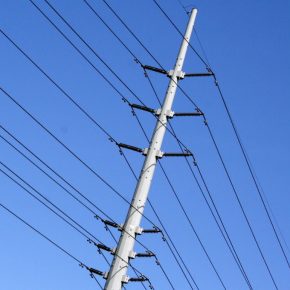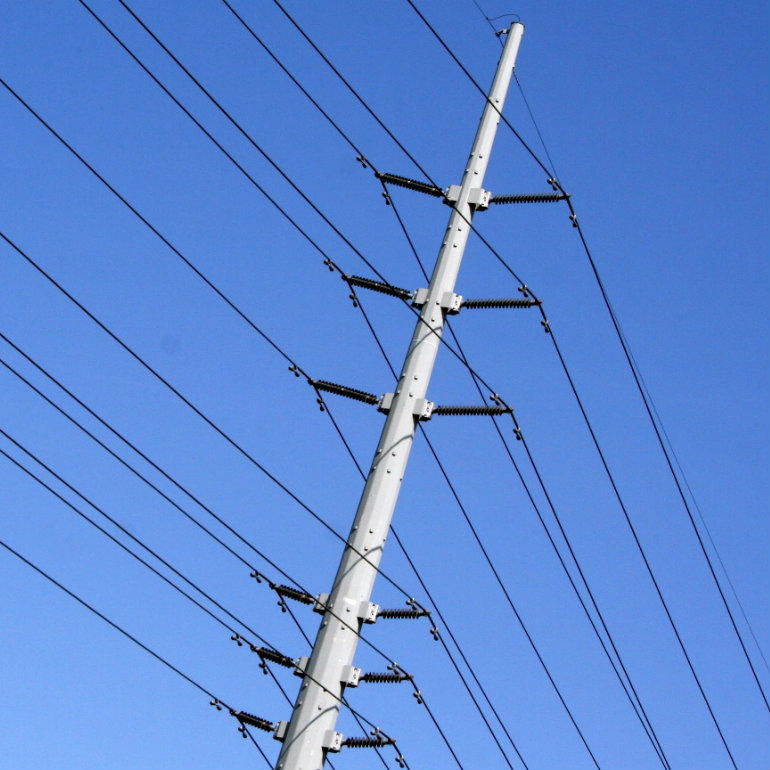Tydzień w gospodarce
Category: Raporty

(purpletwinkie, CC BY-NC-ND)
As the issue are unplanned energy flows from Germany to Austria, with the two countries regarded as a single power market. The state of the grid in the south of Germany does not allow the transmission of all energy through the connections at the German-Austrian border and another way has to be found, via Poland, Czech Republic, Slovakia and Hungary. The situation is made worse by the fact that power from the east of Germany comes mostly from renewable sources and thus production cannot be planned.
Transmission capacity available for market participants on Germany’s western borders is already restricted by loop flows, which have priority grid access, on days of high wind power in Germany, sometimes causing unexpected spot price outturns.
The move should lower Polish wholesale prices as the new capacity available will allow traders to buy cheaper electricity from abroad.
PSE previously said that once the transformers start operating, an additional 500MW of import capacity to Poland should be available.
The transformers will eventually consist of four units. The first southern line will begin operating between the Polish Mikulowa station and German Hagenwerder by the end of May or sometime in June. The testing phase was expected to be completed in May.
An additional northern line between Polish Krajnik and German Vierraden will be operational in 2018, a year later than previously expected due to delays with gaining permission to build the line by the German TSO 50Hertz. Once 50Hertz finishes technical work on its side of the border, another 1.5GW of capacity from Poland into Germany will also be available.
The phase-shifter transformers will lead to more network stabilization measures inside Germany, the transmission system operator (TSO) said.
The model is a key part of the EU’s push for what will eventually be a single electricity market. “The phase-shifting transformers are expected to contain the problem of loop flows at the mentioned borders and not create new loop flows,” a spokeswoman for Germany’s 50Hertz said.
The transformers will increase load in Germany’s grid, she said. Because they reduce the possibility of transporting excess wind power away from the 50Hertz transmission area, the TSO has to take more costly grid stabilization measures once they have become operational.
These measures include conventional power generation adjustments and renewable energy production cuts, which are already occurring and troubling some electricity traders.
Loop flows were one of the key topics discussed by the top officials of the Polish Energy Ministry with the EU Energy Commissioner Miguel Arias Canete.
The transformers installed by PSE at the southern connection with Germany in the vicinity of Zgorzelec will start operating already this year. The supply of the rest of transformers – for the northern link with Germany, for the purchase of which Germany is responsible – has been delayed.
According to Austrian power concern Verbund, splitting the markets would result in a 15 percent surge in prices in Austria. This would hit the biggest energy importers in this region of Europe: Italy, which is now benefitting from low prices thanks to solar, and wind energy in Germany and hydropower in Austria.

